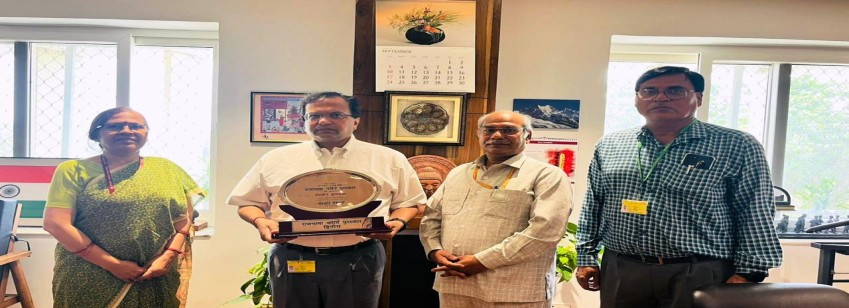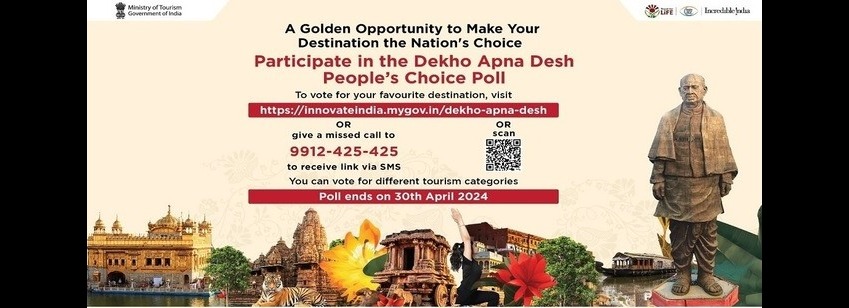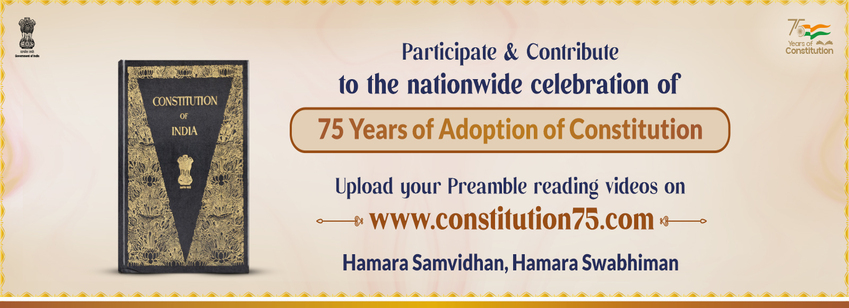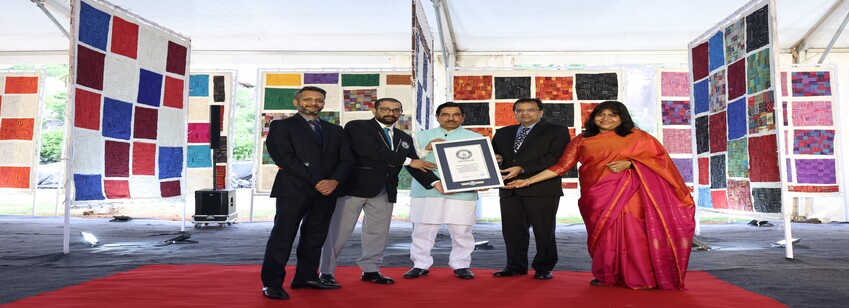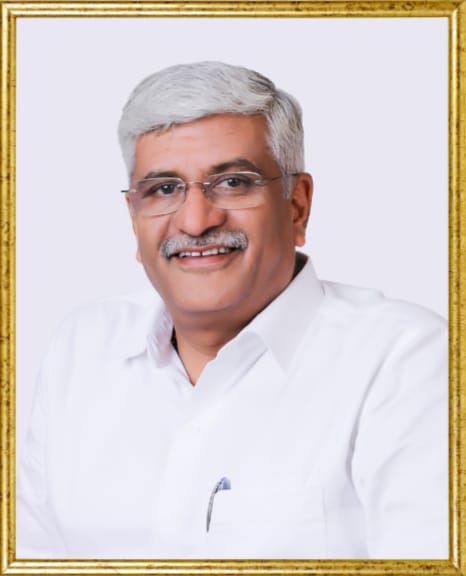
Shri Gajendra Singh Shekhawat
Minister of Culture
Minister's Page
Minister of Culture
Minister's Page
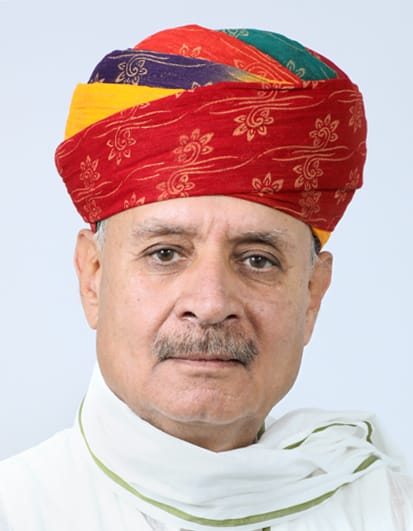
Rao Inderjit Singh
Minister of State for Culture
Minister of State for Culture
All donations towards the Prime Minister's National Relief Fund (PMNRF) and the National Defence Fund (NDF) are notified for 100% deduction from taxable income under Section 80G of the Income Tax Act, 1961.




